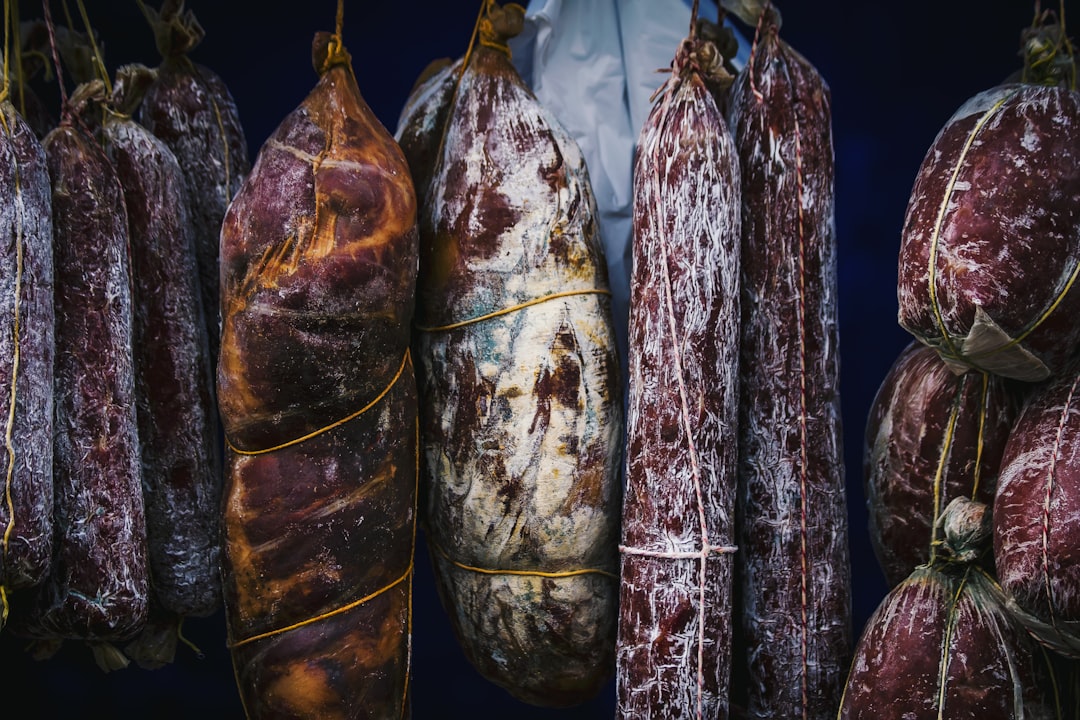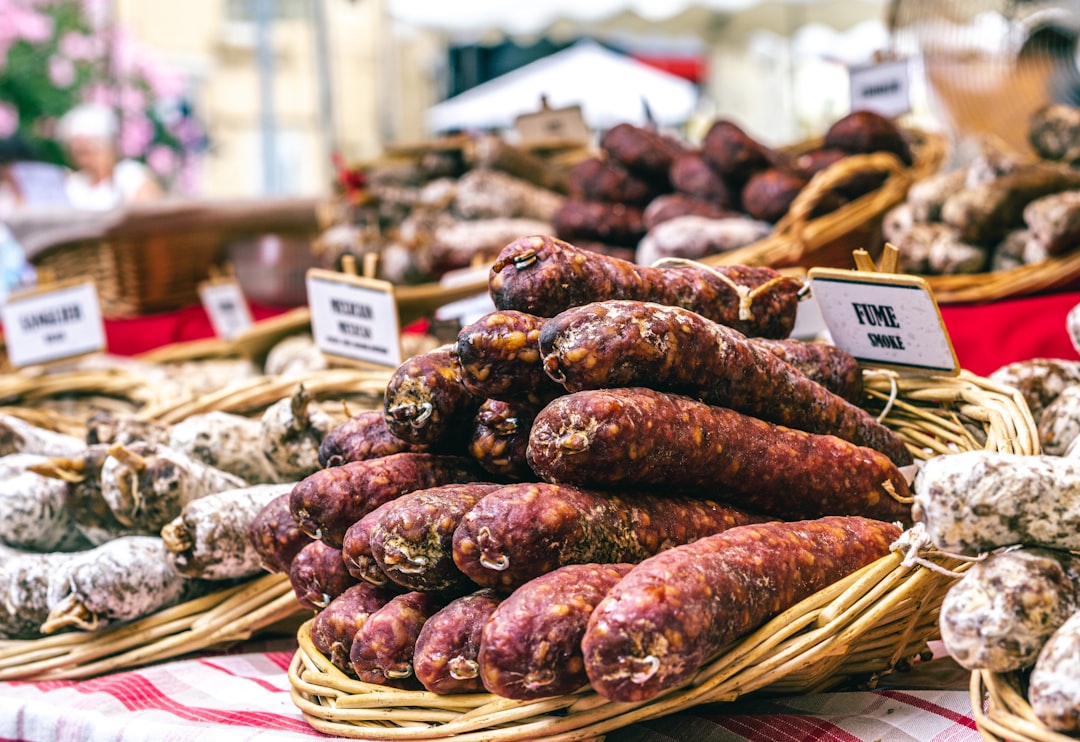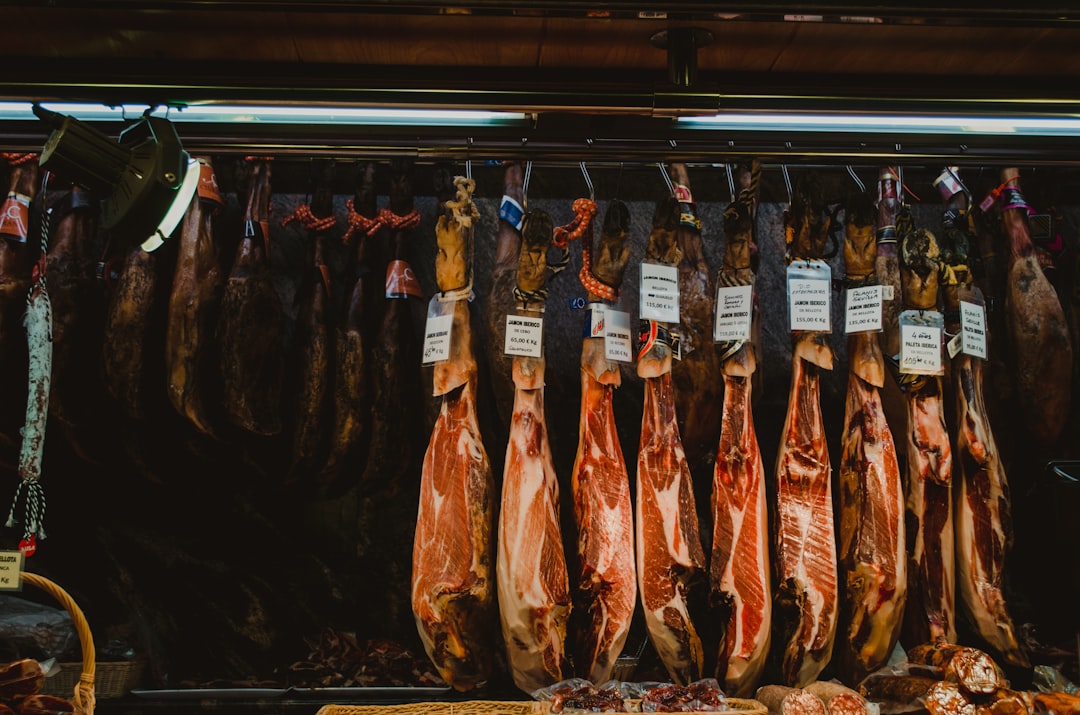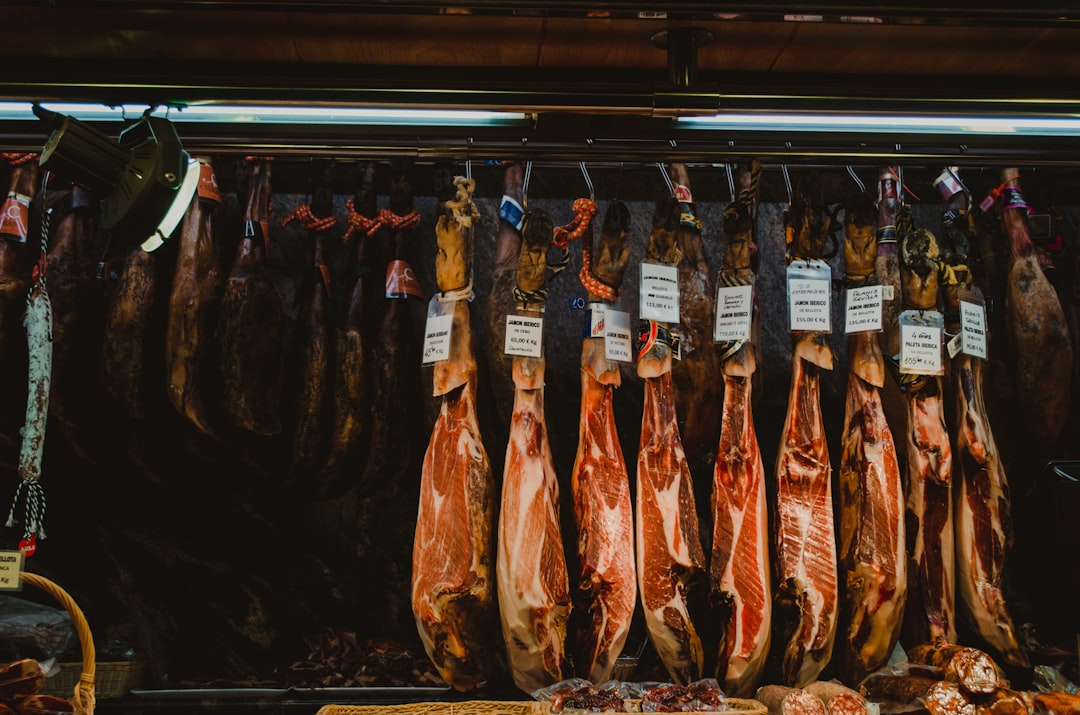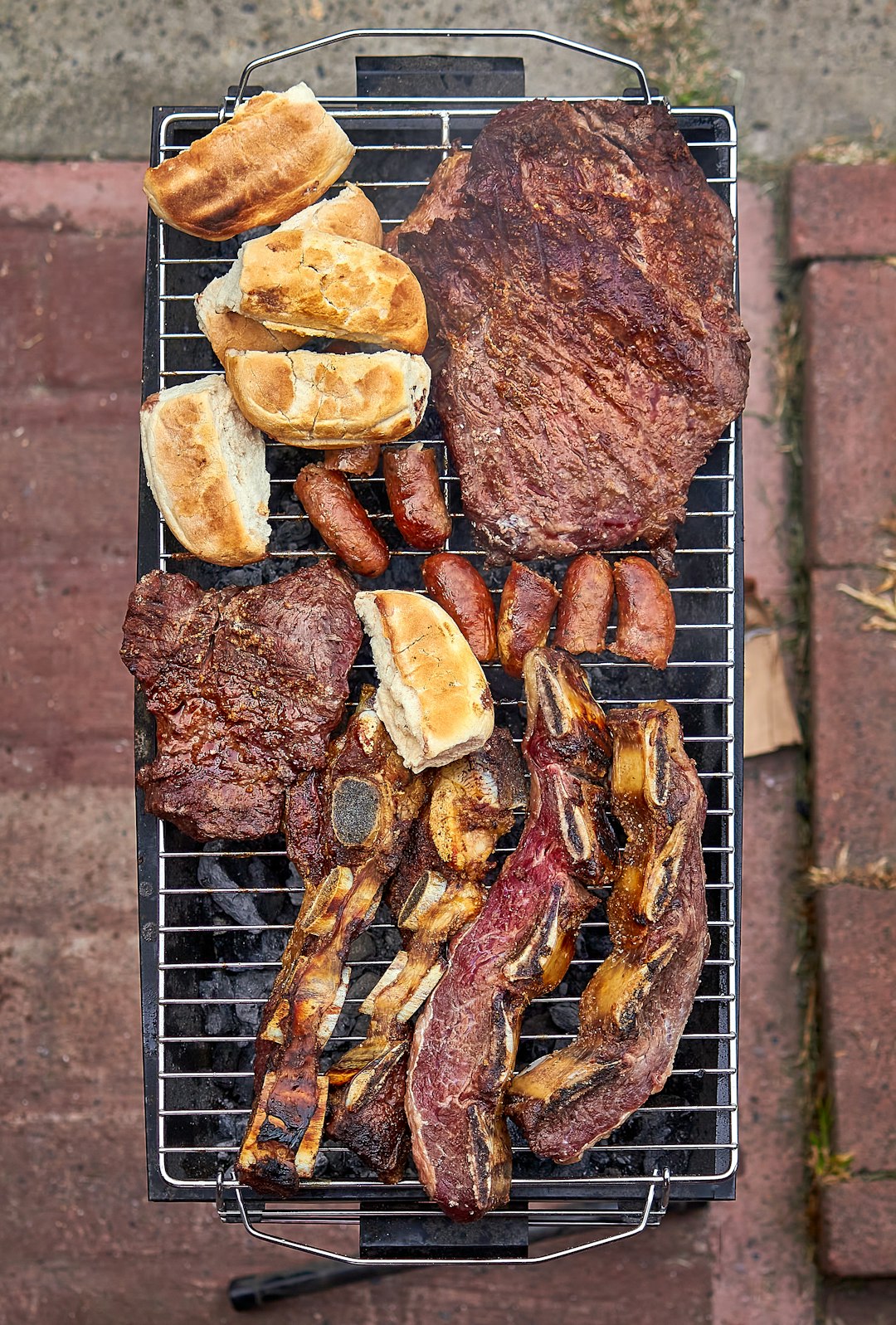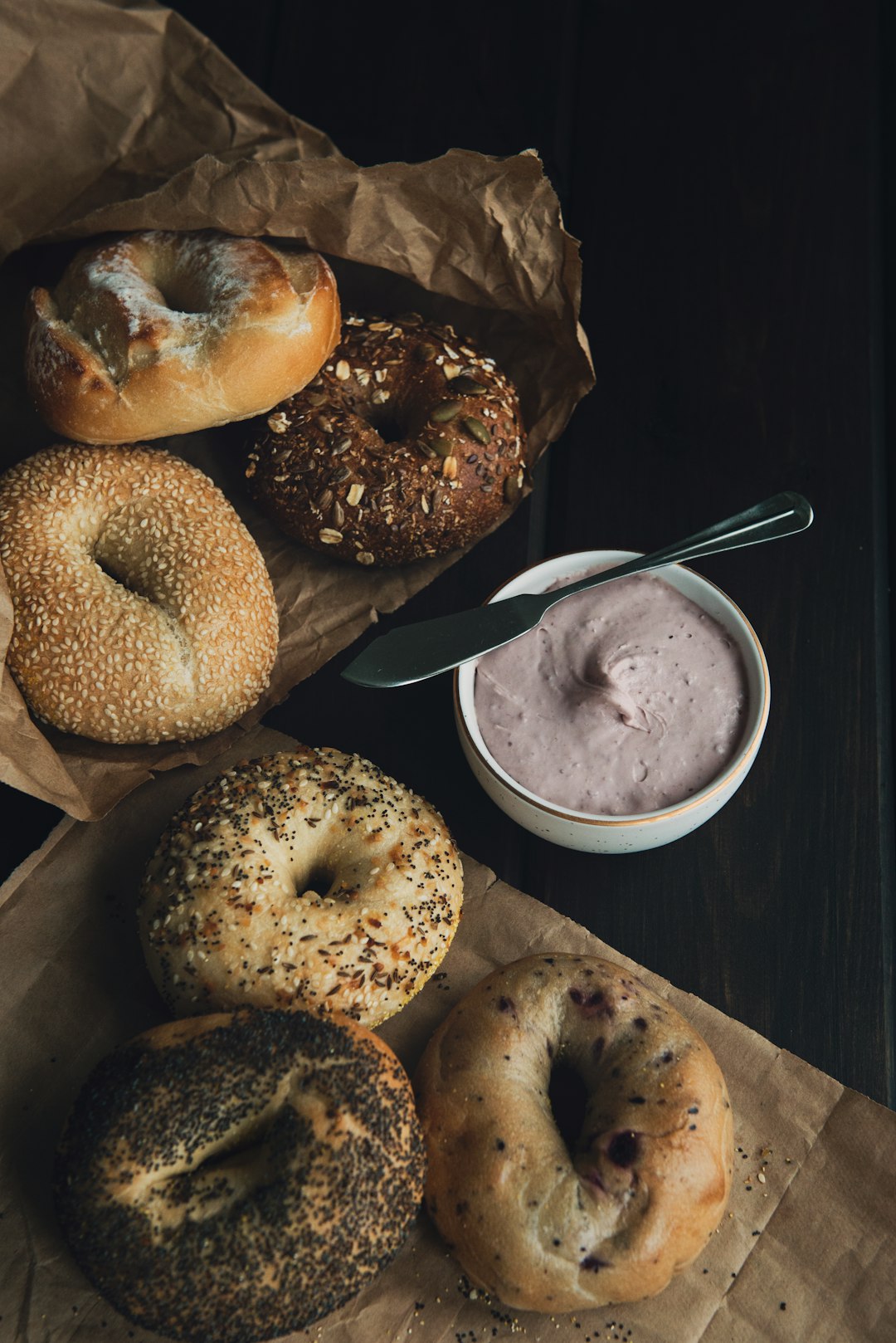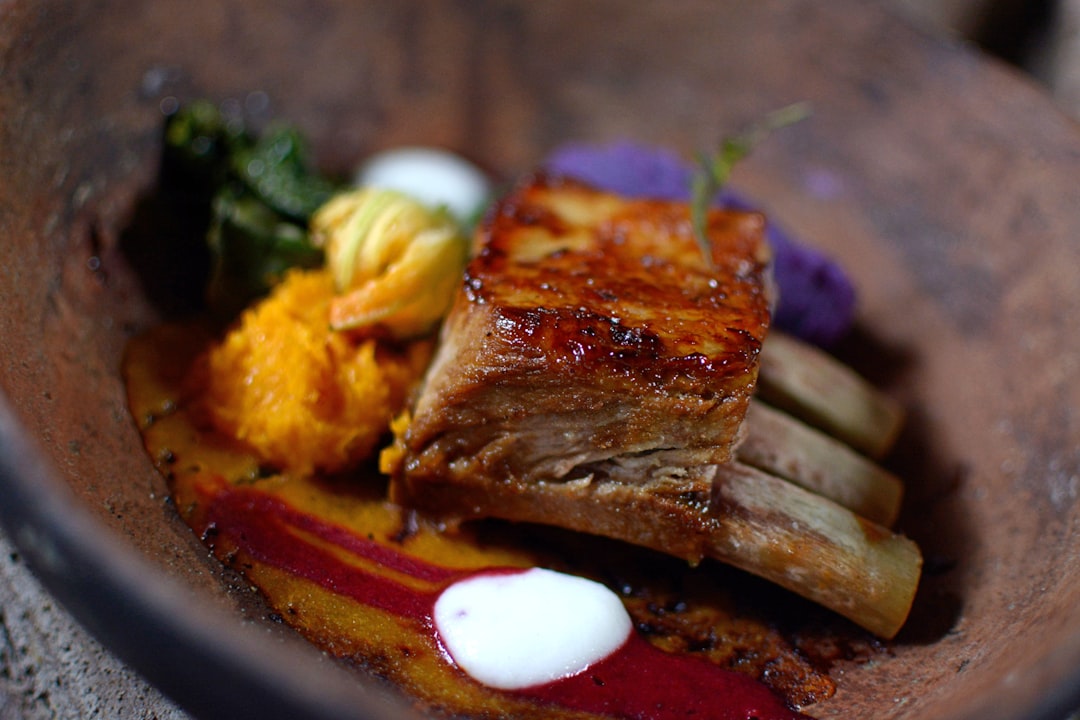Sausages
This plump, sensationally spiced sausage can come in many varieties. The classic pork sausage is a mainstay of comfort food, but there are numerous options for those who seek something a little different. From zesty andouille sausage with its smoky Cajun flavors to robust bratwurst boasting with Bavarian specialties, the possibilities are abundant. Even veggie and vegan lovers can find delightful choices such as tofu-based vegetarian sausage.
Aside from the flavors, what really makes sausage stand out is their complexity and versatility. Not only do they bring unique flavors to each dish, they also add another textural element that sets them apart. Whether served in a unctuous stew, fried on the skillet, or even grilled over open flame, there is no denying the appeal of a well-cooked sausage. The possibilities for cooking methods are even more expansive than the sauces that accompany them.
Whether eaten alone or served alongside fellow dishes, sausages remain a favorite amongst food lovers around the world. Many countries and regions have their own delicious take on this iconic fare, from the traditional German knackwurst to the Spanish chorizo and everything in between. It doesn’t matter which type or origin, sausages are sure to delight.
So the next time you’re looking to elevate your dining experience, don’t hesitate to pick up some top-notch sausages and explore all the tasty possibilities. Enjoy!
Sausages dishes
A selection of Sausages dishes.
Cheese dog
Ah, the Cheese Dog. One of the most beloved of all culinary offerings. This ubiquitous dish often conjures up childhood memories of long summer evenings filled with laughter and fun, accompanied by the satisfyingly salty and tangy flavors of a delicious cheese dog experience.
Cheese dogFasole cu cârnaţi
Authentic culinary experiences are like treasured tales that unfold on our taste buds, offering a glimpse into the rich tapestry of a culture's heritage. Romania, a land brimming with captivating folklore and captivating landscapes, has its own gastronomic treasure trove to offer. Amongst the gastronomic symphonies that Romania orchestrates, one dish stands out like a star in the night sky - Fasole cu cârnaţi.
Fasole cu cârnaţiFuet
Fuet, a cured sausage from the Catalonia region of Spain, is a profoundly flavorful and versatile charcuterie. It's made with lean pork, and a blend of spices that keep it packed with umami; think of fennel, nutmeg, garlic, coriander, and white pepper. It has a unique flavor profile, and that's why it's become a staple in Catalonia cuisine and beyond.
FuetJamón
If you come from Spain, then you know of the culinary delicacy known as Jamón. This delightful dish of air-dried, salted ham is nothing short of a gastronomic masterpiece. Traditionally made from the hind legs of a native Iberian pig, this succulent concoction has been an integral part of Spanish cuisine for centuries.
JamónJamón ibérico
The Jamón ibérico is a highly esteemed dish in Spain and beyond. It is a dry-cured ham, made from the black Iberian pig, and it is often referred to as the king of hams. With its succulent taste and robust texture, it has come to be considered one of the finest cured hams in the world.
Jamón ibéricoLacón Gallego
Lacón Gallego is a Galician dish with great renown, beloved by many and producing a delightful experience for the taste buds. Its main ingredients are pork shoulder, not too fatty, garlic, paprika and other spices, which give the dish its sui generis flavour.
Lacón GallegoLomo embuchado
Lomo embuchado is a Spanish delicacy that has been venerated for centuries. The dish consists of strips of marinated pork loin slow-cooked in its own fat and then stuffed with a variety of dried fruits, herbs, and condiments. The combination results in an abundance of flavor and texture that is complex yet harmonious.
Lomo embuchadoChicken bog
If I had to choose one favorite dish involving chicken, it would definitely be Chicken Bog. This classic Lowcountry favorite hails from the coastal regions of South Carolina, where it's been a beloved staple for generations. The dish is a delectable combination of sea-salt-infused chicken, buttery potatoes, bacon, and succulent vegetables, all simmered together in a rich and flavorful broth.
Chicken bogOlivier salad
If you've ever dined in a traditional Russian restaurant, then the chances are good that you've encountered the iconic Olivier salad. Invented during the 1860s by Lucien Olivier, the salad's original recipe consisted of diced potatoes, pickles, capers, green peas, onions and mayonnaise, all blended together into a mystical concoction of crunchy, flavorful goodness.
Olivier saladJambalaya
Rich in flavor and complexity, jambalaya is a beloved staple in Louisiana cooking with centuries of history to its name. Its roots can be traced back to the Spanish colonization of the area, where a dish similar to the current version of jambalaya was concocted using rice, meats, and seafood as ingredients. The dish quickly spread throughout the area and became an enduring part of Louisiana cuisine, with some regional variations in ingredients and preparation methods still present today.
JambalayaBagel dog
The Bagel Dog is a delectable gastronomic experience that has been delighting foodies around the world for many years. Originating in the United States, this scrumptious invention was the brainchild of a creative baker who sought to combine the classic hot dog with the flavour and texture of a bagel. The resulting creation, dubbed the Bagel Dog, is a concoction of heavenly delight for your taste buds.
Bagel dogBattered sausage
Ah, battered sausage. A classic British dish, loved by many and despised by some, it is a wildly divisive food that stirs up controversy like few others. To the avid carnivore, it is a succulent symphony of savoury flavours – a morsel of sinfully greasy delight. To the discerning veggie-fanatic, however, it is quite distasteful; a glaring symbol of societal carniphobia.
Battered sausageBoliche
Boliche is a popular Cuban dish that has been beloved for many centuries. It is comprised of a stewed beef round, seasoned with garlic, onions, peppers, tomato sauce, and an array of spices. This hearty, nutritious meal is a staple in Cuban culture, and the distinct aroma of Boliche permeates the air when it is prepared.
BolicheCurrywurst
The mighty Currywurst, a popular German dish that is often seen as a quintessential representation of German culture. It is an incredibly versatile food that can be served in a variety of different ways, with many different types of sauces and condiments. The dish is usually composed of fried pork sausage, diced potatoes, ketchup, and curry.
CurrywurstMaxwell Street Polish
Nestled at the very heart of Chicago is an iconic dish that has become an embodiment of history and culture for generations of patrons. The Maxwell Street Polish is a savory combination of steak sandwich and sausage creation, birthed from the lively stretch of the city's South Side.
Maxwell Street PolishMichigan hot dog
Ah Michigan Hot Dog, the delectable summertime staple of Michigan's upper peninsular. The ingredients may appear simple enough - a sub roll or hot dog bun, a grilled beef or pork hot dog, and iconic toppings - but in actuality, this enduring treat is so much more than meets the eye.
Michigan hot dogPigs in blankets
Pigs in blankets: a delectable, savory feast that has been delighting the palates of all who are lucky enough to try it for centuries. This scrumptious combination of pork sausage and flaky pastry is a staple of holiday feasts and evenings in with friends, making it a classic crowd-pleaser.
Pigs in blanketsSausages
/idioms
The humble sausage is an oft overlooked gift of food. Possessed of both a plethora of flavors and adaptability, the sausage has found its way into various cuisines around the world, acquiring different styles and tastes along the way. From the Creole boudin to the classic Polish kielbasa, the flavor combinations that the sausage can bring to a meal are virtually endless.
These treats of the butcher's counter have long been a favorite among home cooks, as they are versatile enough to be enjoyed in many different dishes. Fried and served as part of a traditional English breakfast, combined with sauerkraut in a stodgy pierogi, or even combined with apples in a sweet dessert fritter, the sausage never fails to deliver mouthwatering results.
For those wanting to try something a little bit more adventurous than a traditional sausage casserole, there are plenty of great pairings that can be enjoyed. The smoky flavor of chorizo complements nutty flavors such as almonds and quinoa, while bratwursts marry perfectly with pickles and a sweet onion relish. For a unique twist, why not try combining spicy Merguez sausages with smoked paprika and oranges for a sweet yet zesty dish?
If you're feeling a bit more creative, why not use sausages in desserts? A pork and apple fritter, dusted with icing sugar, can make an indulgent treat that is full of unexpected flavors. Or take it one step further and put a twist on the classic banoffee pie by using sausages instead of the traditional pastry case.
No matter how you choose to use them, sausages are a tasty and versatile ingredient which can add an extra dimension to any meal. Whether eaten alone as a snack, or as a base for more inventive dishes, sausages offer an unparalleled depth of flavor that will keep your guests coming back for more.
History of Sausages
To the surprise of many, sausages have been around since before man ever started to document his own history. The origin of sausages can be traced back to some of the earliest civilizations, with the first records of their existence being unearthed in China dating as far back as 2nd century BC. This makes them older than even the oldest known form of writing - cuneiform.
The use of sausages is believed to have originated from a need to preserve meat products. Ancient cultures from both China and Babylon used similar methods to preserve their food, by grinding fresh meats, mixing them with a variety of herbs and spices, and stuffing them into intestines of animals. This allowed them to enjoy a range of delicious flavors, but it more importantly gave them the ability to store meat for extended periods of time without the risk of spoilage.
The nomadic lifestyle of Europeans during medieval times led to the development of an entirely new type of sausage, one that was specifically designed to last for long journeys. These dried sausages, known as salamis, were typically made from pork and beef and heavily seasoned with salt, pepper and other herbs to preserve the flavor and extend the shelf life.
The development of salamis played a significant role in the spread of sausage throughout Europe and beyond. Merchants would often travel between countries to trade goods, and brought with them sausages which became popularized in the cultures they encountered. The popularity of sausages began to rise steadily with Europeans and eventually made its way to America, where it has become a staple food in many households.
Today, sausages come in hundreds of varieties and flavors and can be made from different types of meats and ingredients. From the ancient age up until now, sausages have been a favored food among many cultures, offering a convenient and tasty way to enjoy fresh meats and preserve them for longer periods of time. They are truly a delight that has endured throughout the ages.
